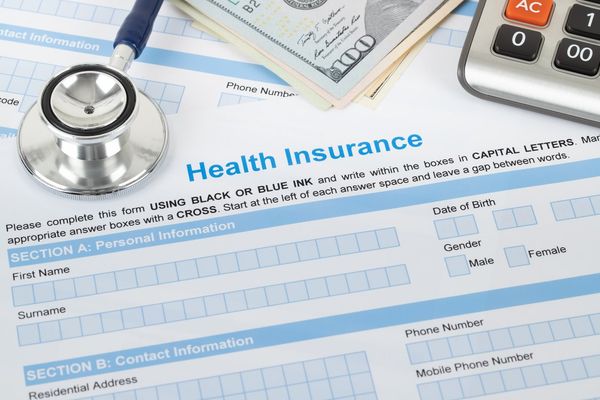Now that the election is over, it might be a good time to think about practical matters—like health care.
As always, there's a lot of confusion—especially post-election. And, yes, the insurance system may soon change, but, for now, you will likely want to make sure you have insurance for the coming year. And the deadline for open enrollment on the individual market is January 31.
You may be thinking, "I hardly ever get sick; I'll take my chances." After all, health care coverage can be costly, making you willing to gamble on good health and staying out of the doctor's office or hospital.
But that's not the best idea. For one, under the current Affordable Care Act, if you choose not to buy health insurance, you must pay a fee. This is called the individual shared responsibility payment, and it's paid when you file your income taxes. Some people are exempt from having to have health insurance or pay the penalty (you can view the list here), but most of us are not.
But the real cost of not having health insurance can go way beyond the government- imposed penalty. Consider this:
- A broken leg can cost more than $7,500.
- The average cost of a three-day hospital stay can set you back $30,000.
- Medical debt contributes to almost half of bankruptcy filings in the United States.
So, how do you figure out the plan that's best for your health—and best for your budget? What things should you think about?
I spoke with family financial expert Ellie Kay and Dr. Omar Latif, vice president of health care management at Anthem.
"Financial health is linked to physical health," Kay says. "Financial stress can affect your moods and your outlook, compromising your health for sure." And, according to Dr. Latif, having health insurance is linked to healthier outcomes—and isn't maintaining our best health our goal, after all?
Examine your budget to see if the premium, deductible and out-of-pocket expenses fit. Your premium can depend on a few factors: If an employer provides insurance, the employer may pay a percentage of your premium. If you're purchasing your own insurance, you might be eligible for a subsidy through the health insurance exchange; or depending on your household income, you may be eligible for Medicaid benefits through your state.
Plan ahead. Though it can be tough to anticipate the future, take a hard look at what's coming up. For instance, are there big expenses, like childbirth or knee replacement surgery? Then you might want to invest in a plan with a lower deductible.
Think about out-of-pocket expenses. If you think you'll be visiting the doctor a lot next year, you might be able to adjust your co-payment options. (This is the fixed amount you pay each time you access a medical service.)
Mind your meds. In addition to doctor visits, think about the medications you and your family might need. Typically, there are co-pays and separate deductibles for medication. If you take medication regularly, you can save money by taking advantage of mail-order pharmacy programs made available through some health care plans.
Keep it in-network. Once you've selected a plan, choosing doctors and hospitals in your network—those that your insurance has contracted with—can help keep your expenses in check.
Take advantage of preventive care. It's available for a reason: to keep you healthy and aware of potential problems before they erupt into big trouble. Most plans provide things like shots and screening tests at no extra cost to you. Click here and here for some examples of tests women should have.
There are lots of health insurance companies out there, and it can get plenty complicated when trying to find your best fit. Take a look at helpful open enrollment tips from Anthem, and you can see how they are working hard to de-mystify the process.
More Reading:
More Options for Purchasing Insurance
More Patients Are Checking Doctor-Rating Websites, Study Finds






